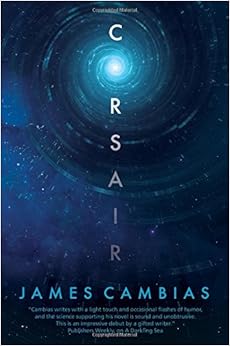I had a hard time digesting this sci-fi, dystopian novel by Margaret Atwood. This novel "The Year of the Flood" is a second novel in the MaddAddam series.
It is set in near future where there is a new world order "controlled" by private mega corporations with its own army and police forces and research institutions. It is very ugly future. Now it is not clear why and how civilization, especially in the USA, descended into this wild-west type police state. Readers are told that there was some kind of natural or man-made environmental degradation in the south and basically USA is split into several corporate-run states.
The novel has multiple narrators who are recounting for readers events they have witnessed. Each narrator's story completes gaps in other narrator's story, so reader has whole view of what happened or is going on.
Novel is centered on pacifist group led by person named Adam one. Members of this group practiced vegetarianism and believed that every species has the same rights as humans to exist and flourish on this earth.
They also believed that world is near to "waterless flood" when Nature would turn against humanity for their callous and inhuman relationship with other earthly species. In the end, "waterless flood" indeed comes as a kind of biotech-engineered pandemic.
This is a very complex novel. Atwood "forces" readers to accept a human civilization where evil prevails and dominates, at least temporarily. It is hard pill to swallow.
posted by David Usharauli




